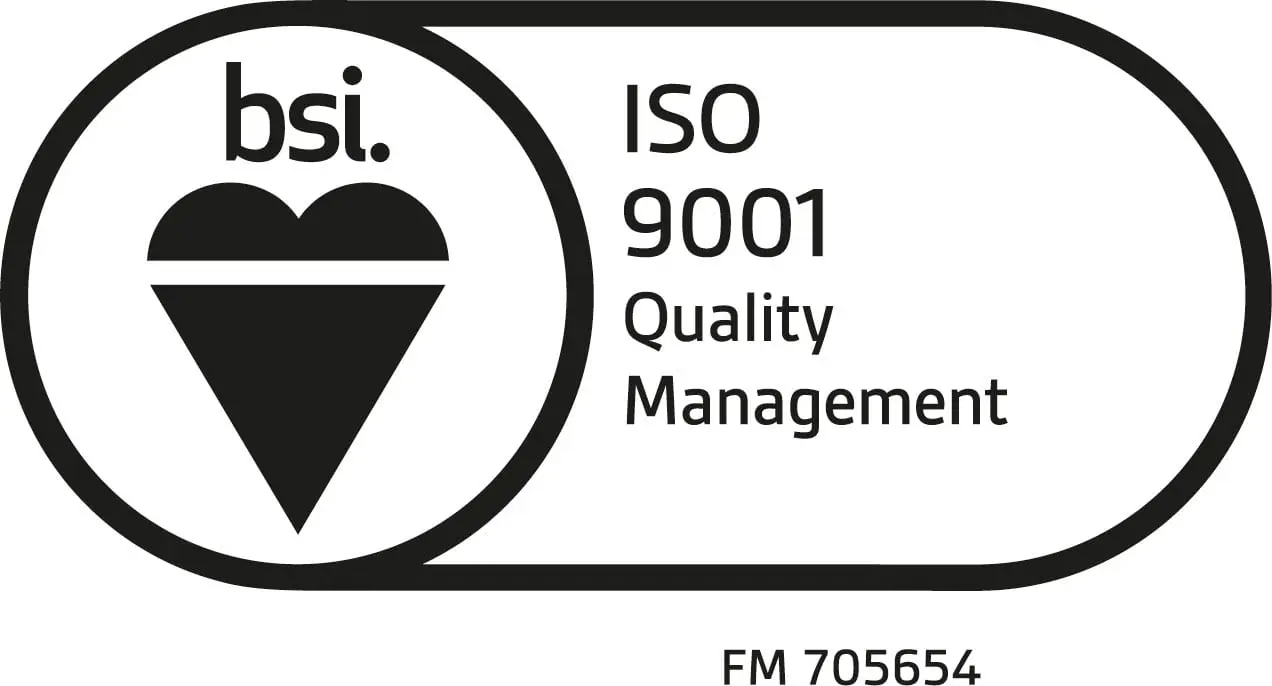What is British Standard:8458 (BS:8458)?
What is the British standard for mist system?
If you’re looking for a fixed fire suppression system, you’ve probably come across British Standard: 8458 (BS:8458) a few times already, and if you’re unfamiliar with the British Standards for Fire Protection, we’ll help you understand it a bit more.
Unlike sprinkler systems, the BS:8458 is the standard of compliance for fixed fire protection systems (both domestic and residential fire suppression systems, that fall exclusively under the water mist category. This could either be a low-pressure water mist system or a high-pressure water mist system.
A fire suppression system is normally needed in most cases to satisfy building control regulations. When the safety regulations are met, the project will be approved. If the fire suppression system does not comply with BS:8458, there’s a high chance that building control will not approve the project. More importantly, the system may also fail to protect your property when it’s most needed.
Here are a few important things to look out for to ensure you choose a misting system that complies with British Standards (BS:8458) for fire protection.
1. Ceiling mounted nozzles
BS:8458 compliant systems utilise ceiling-mounted nozzles. Attacking a fire from the side (wall-mounted nozzles) can encourage fire growth, and the pressure of the water mist can cause the fire to move sideways, although only temporarily, it could be enough to ignite a flammable object nearby and cause the fire to develop further.
On the opposition, attacking the fire from above using a ceiling-mounted nozzle leads to a quicker and more successful suppression. The mist from the water mist system will push the head to the ground until it’s neutralised, whilst simultaneously acting as a fire blanket and suffocating the flame.
Aside from the technical practicalities of having a ceiling-mounted nozzle, they also give you free reign to place your furnishings wherever you please. Something simple, such as a plant, can have a great impact on the direction of the mist on activation.
2. A ‘wet pipe system’
Another factor you should consider when choosing a fixed fire suppression system that complies with British Standards is a ‘wet pipe system’.
Whilst you might not be able to see this first hand, the wet pipe system is key for fire suppression. The water remains loaded in the pipes, ready for activation. With the water being prepared in the pipe in case of activation, this ensures a rapid response time. When a fire activates, time is paramount, and every millisecond matters
3. Mechanical activation
In terms of ‘mechanical activation,’ this simply means, that for the system to be activated, there needs to be a physical change. The iMist system, which is BS: 8458 compliant, uses a small frangible bulb that bursts when it reaches 68 degrees. Electronically activated systems run off a circuit, which could fail to activate if there’s a disruption.
Mechanically activated misting systems ensure the system is effective in the event of a fire, and activate when necessary, and not alongside a fire detector, which we all know can activate from some burnt toast. This system also means that it needs to be serviced less regularly, such as the iMist system only needing a yearly service.
Discover more about iMist Fire Suppression systems today
Curious about our water mist fire suppression systems? Contact a member of our team, or get a free quotation quickly and easily now.







Leave a Reply